Blerta Hashani
Feel more
09.02. – 04.03.2023
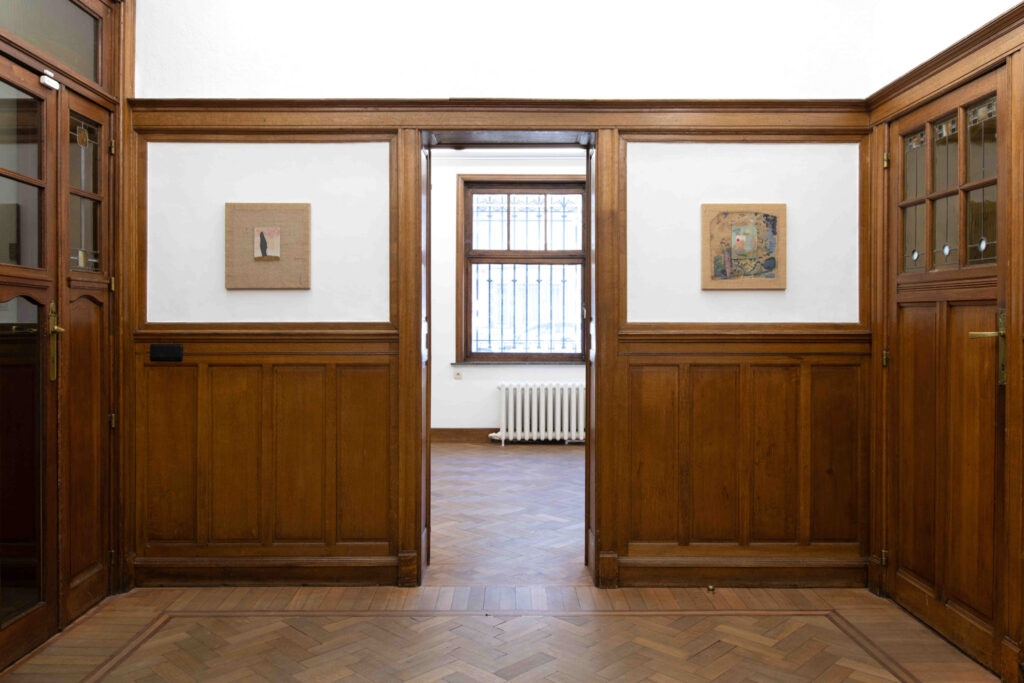
Blerta Hashani’s homestead is full of life – large and small. The family property, located in the village of Mirash in southern Kosovo, is surrounded by rolling hills and ample farmland. From her upstairs studio, the artist looks onto a cow shed and askance at a shady yard where roosters crow. Rendered at various proximities, Hashani’s oil paintings mounted on jute are constituted of her impressions of this environment, and others which she encounters nearby, under different climatic conditions. Day breaks, night falls and the horizon shifts, as the artist adopts alternate perspectives.
Bursts and bristles, drops and scores – the atmospheres in her artworks are pieced together with an array of interrelated parts. These parts, or elements, are eminently familiar, including plants, puddles, and fields. They are also often incomplete, like with a fence whose posts do not extend to the edges of a painting, or unsettled, like with a squarish residence located in a blank expanse. Owing to these characteristics, the viewer can not only connect with, but enter in and wander around Hashani’s loosely bounded tableaus.
As it pertains to the artist’s compositional approach, “layering” has a compound meaning. Her works are made of layers, with the most obvious being the mounting of paintings on jute. In the works where scraps of brown paper are incorporated, their usage regularly reveals the order in which layers were added – this part came before that one, etc. Noting that strings of words, however illegible, are usually scrawled on the scraps, their presence simultaneously introduces a textual layer to Hashani’s visual narratives; she surveys and inscribes her surroundings.
Since gestures and shapes repeat, each of the works correspond with one another, accentuating the appeal of seeing multiple arranged together. In this exhibition, Hashani’s will to experiment with her compositional approach shines through. Here, the viewer is met with works for which she has mounted two and four paintings on jute as well as works where she painted directly on the woven, natural fiber. The former set of works prompts reflection on the relation of a part to a whole while the latter tests limits, exploring jute’s capacities and the premise of continuation.
Whose ambient is it anyway? Unseen persons and the odd snail inhabit Hashani’s works. Lights shine and a lone boot stands in the grass. Much occurs, but not in a hurry; time is ticking without slipping away. Time is kept with colour.
A few additional questions to consider when engaging this body of work: How do natural forces balance with manmade ones? And, more conceptually, what is made to rely on something else? In considering these questions, it becomes clear that Hashani is attentive to the twinned topics of order and stability, and carries the belief that they are inherently impermanent – a belief that has been influenced by her observations of the changes in the environment in and near Mirash. Furthermore, the artist’s appreciation for the effects of these changes, which could also be referred to as fluctuations, is informed by her comings-and-goings from the village, like her frequent trips to Kosovo’s capital city, where she studied, and excursions to the Albanian coast.
Hashani’s works are of a specific place, but the artist does not prefer rote representation. Rather, she intimates the innumerable intricacies of the environment. Hers is a method that melds depth and detail, compelling the viewer to draw closer.
– Alex Fisher
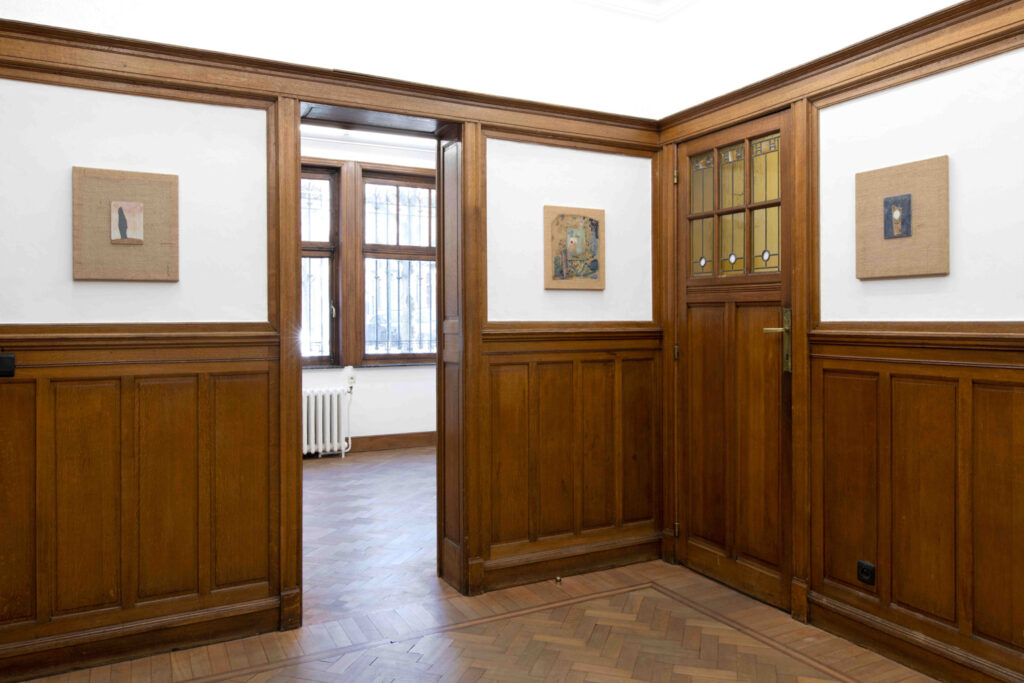
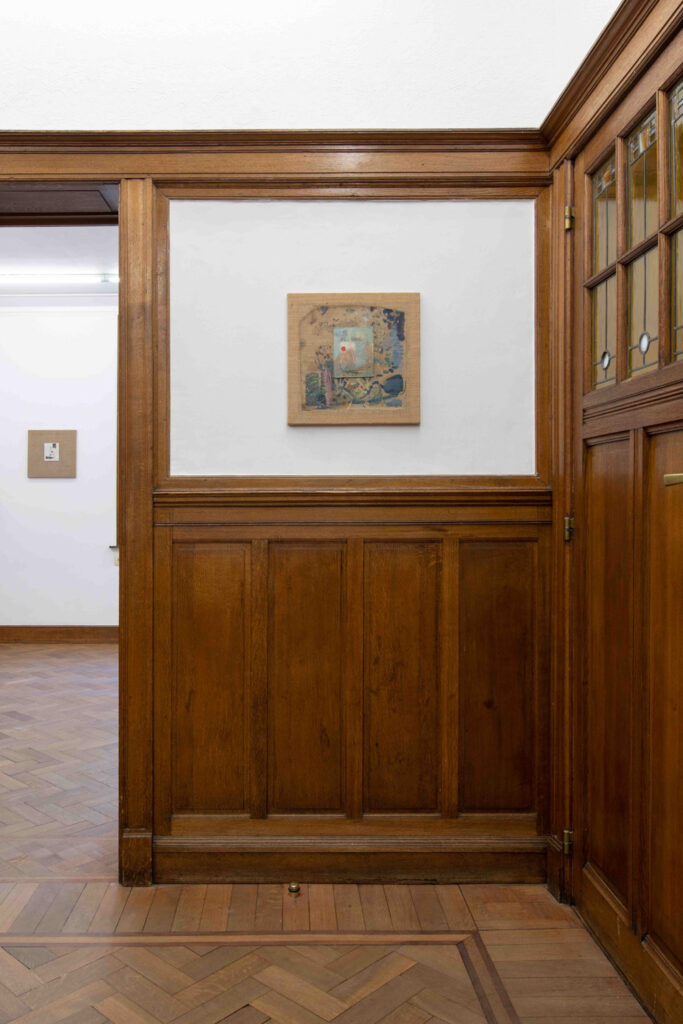
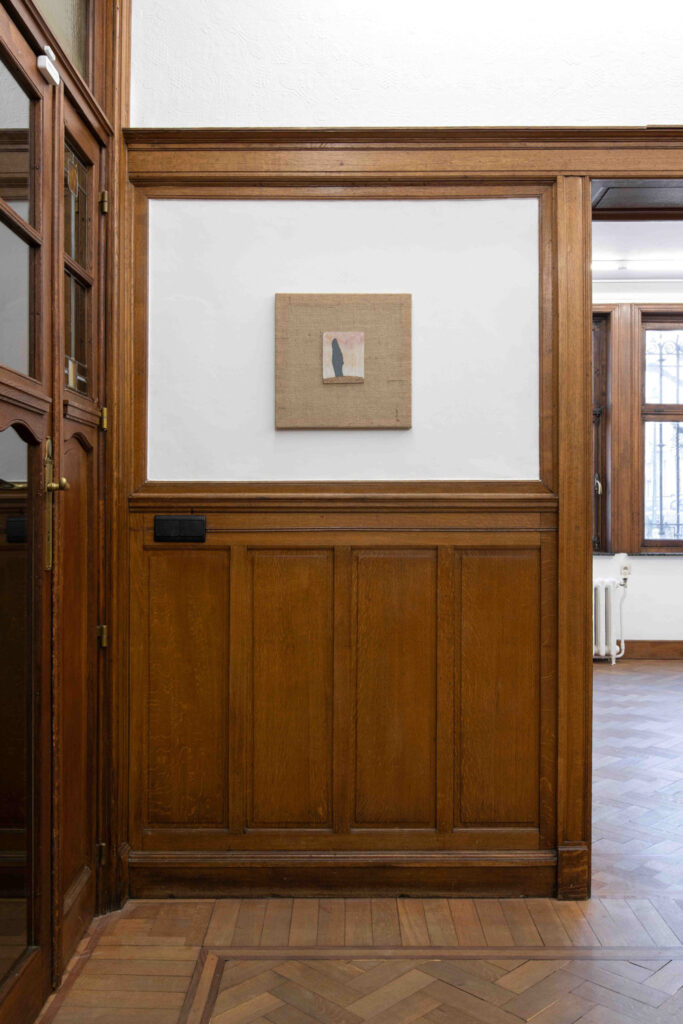
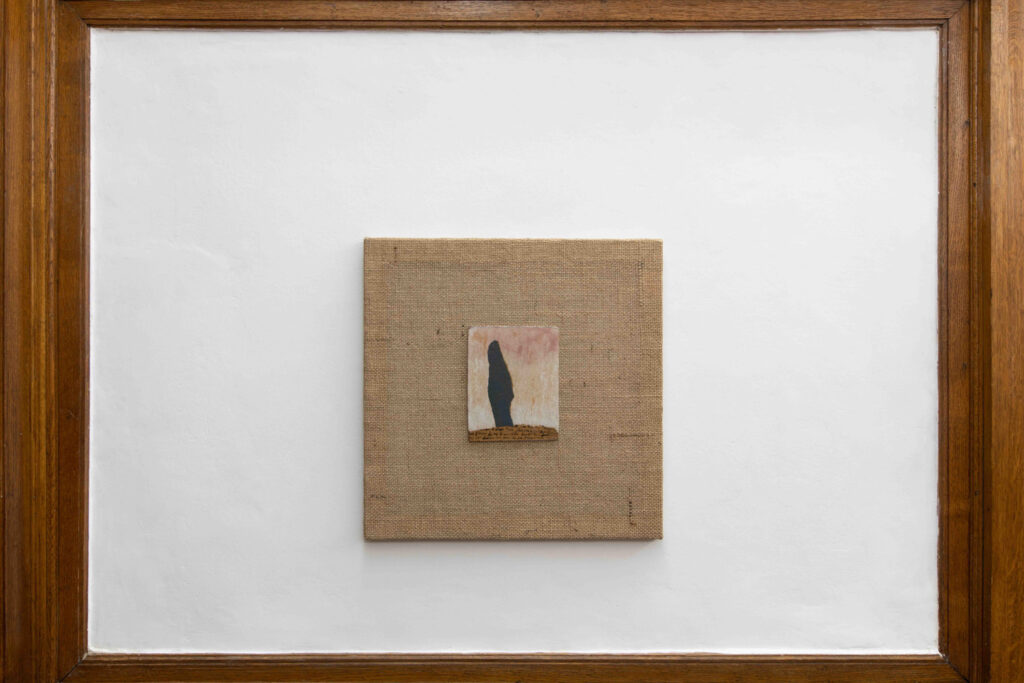
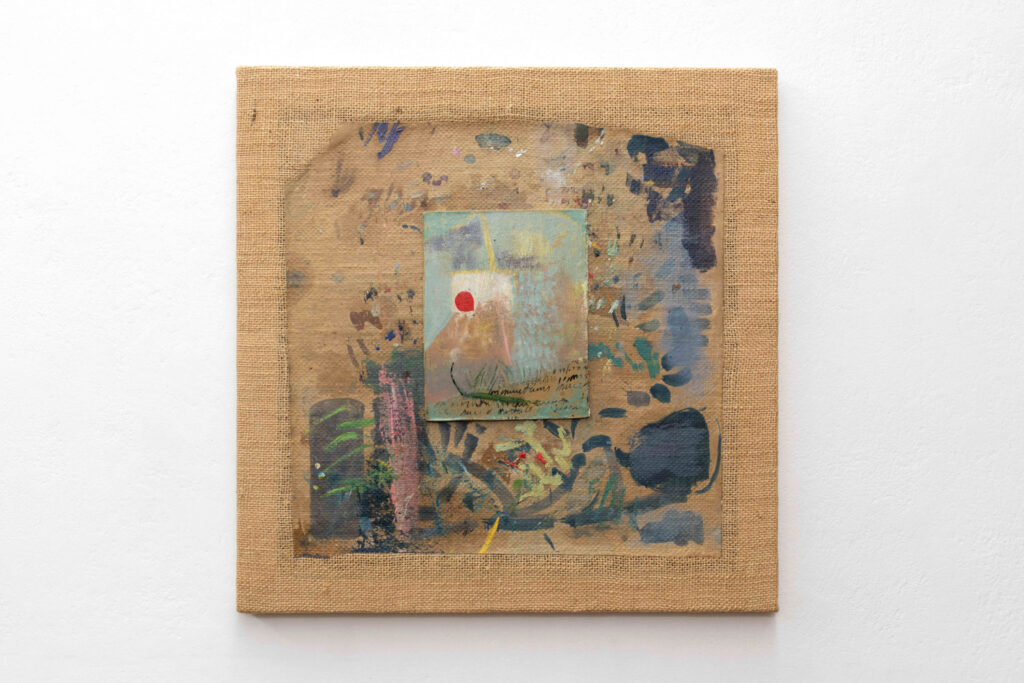
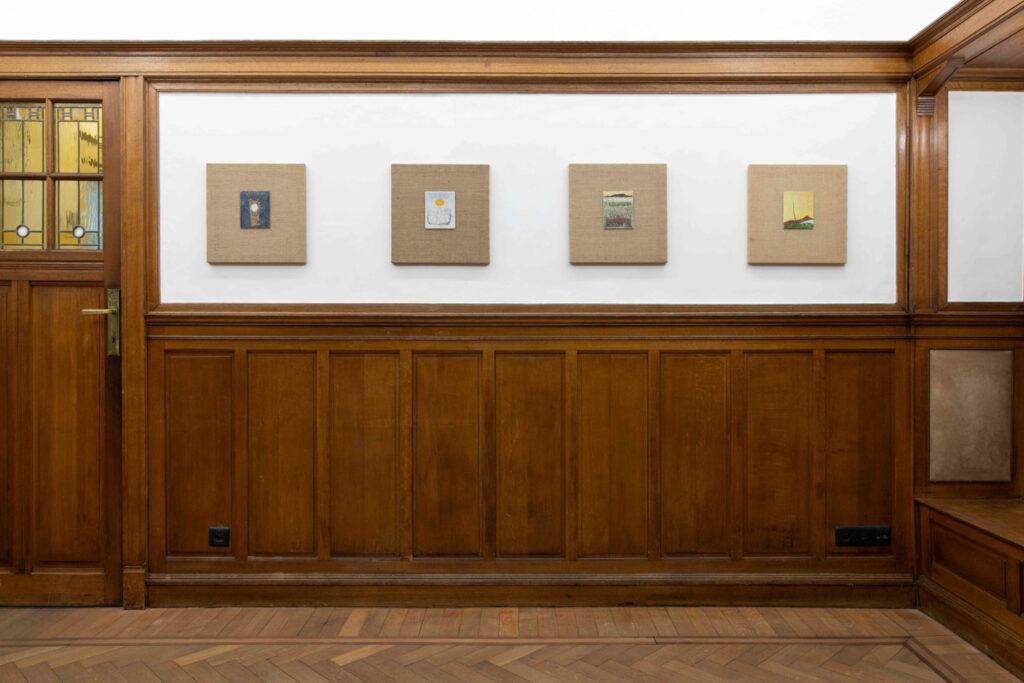
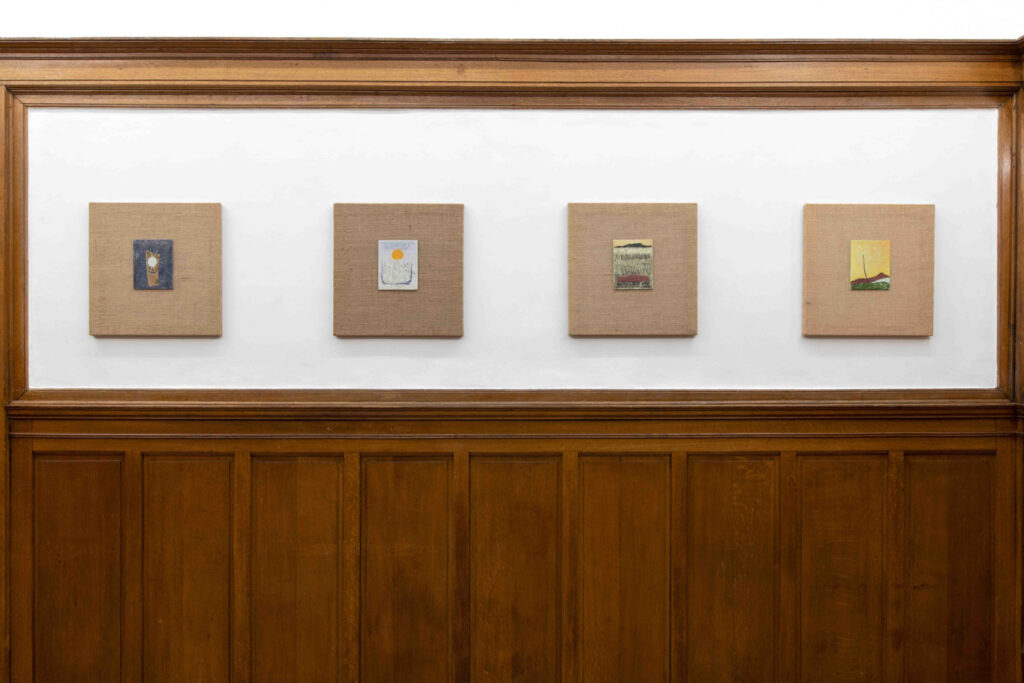
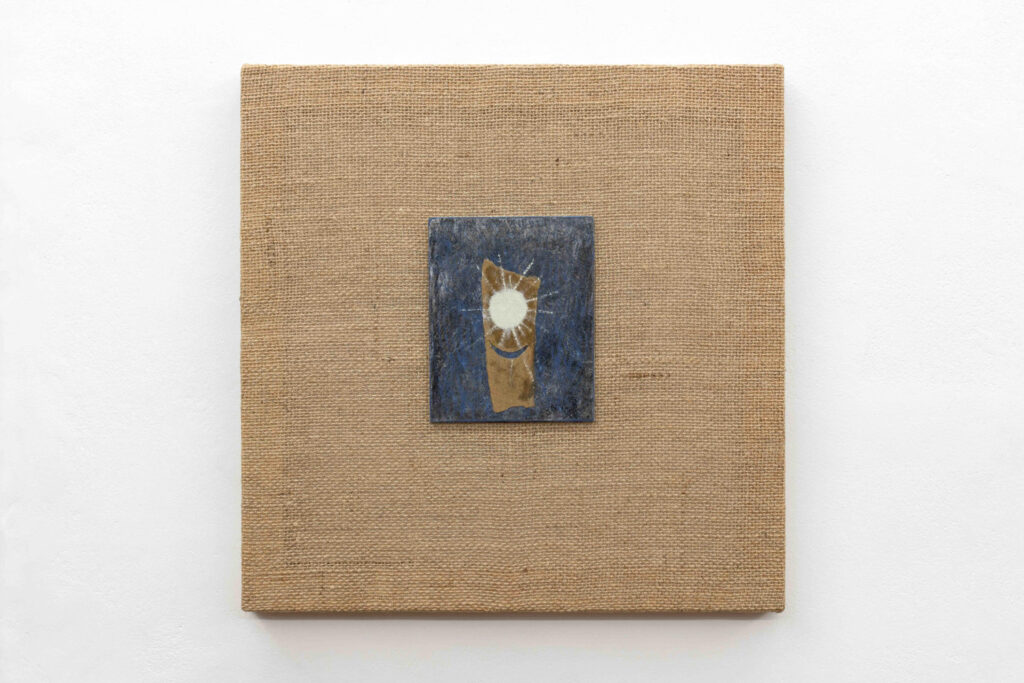
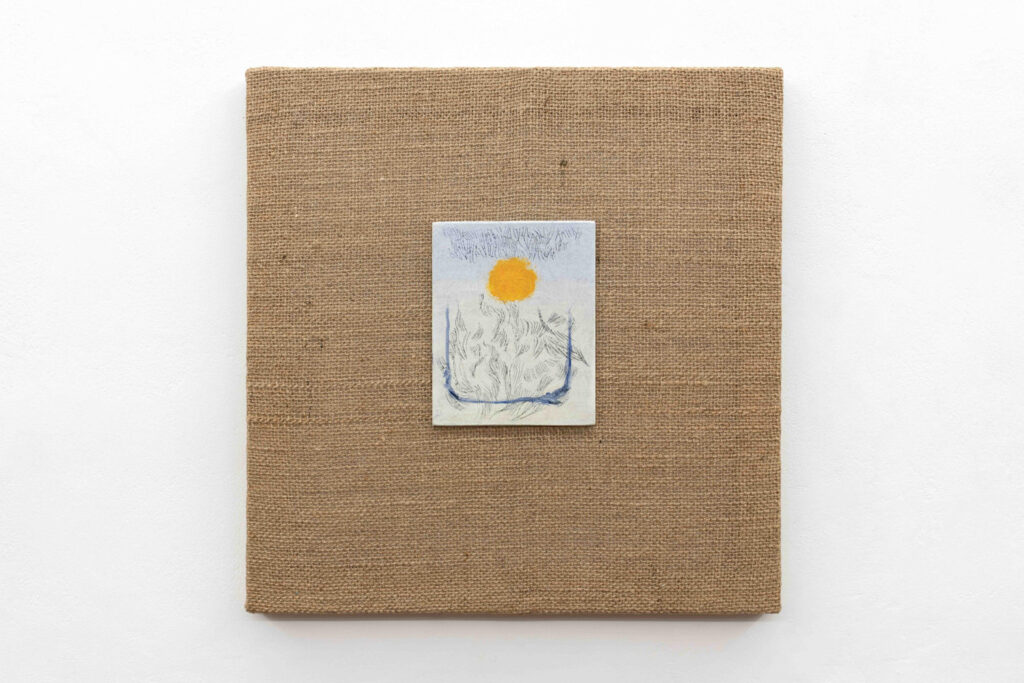
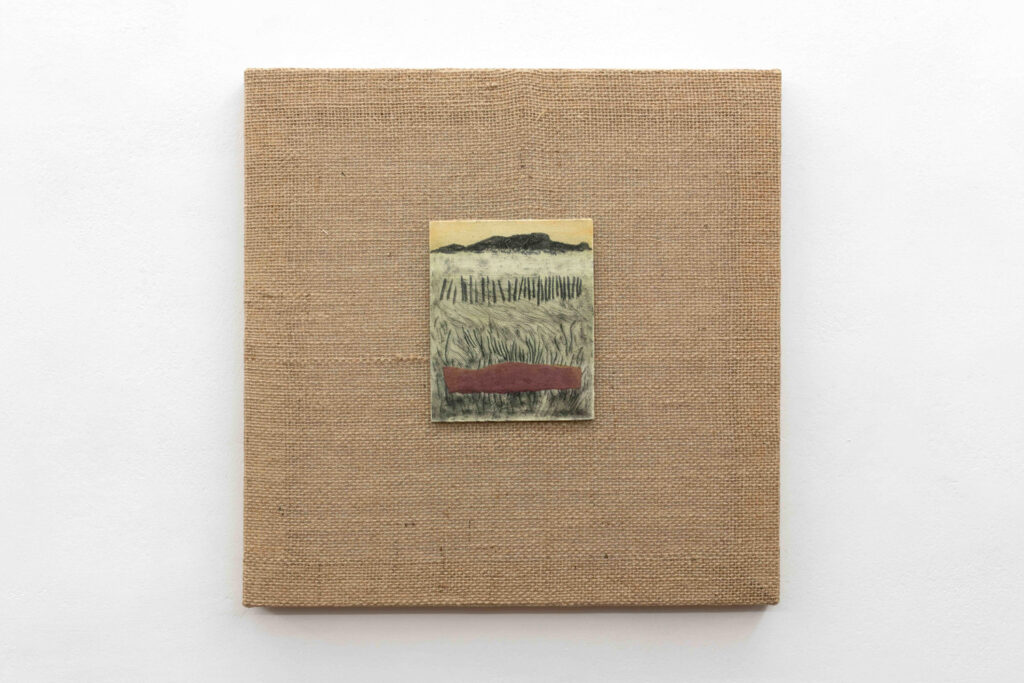
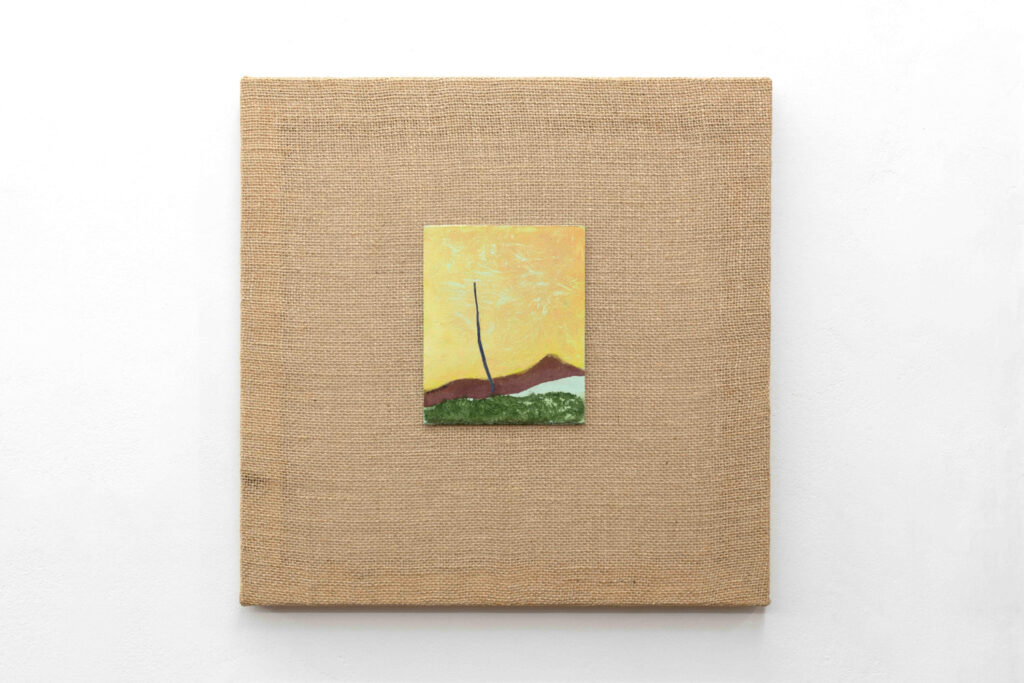
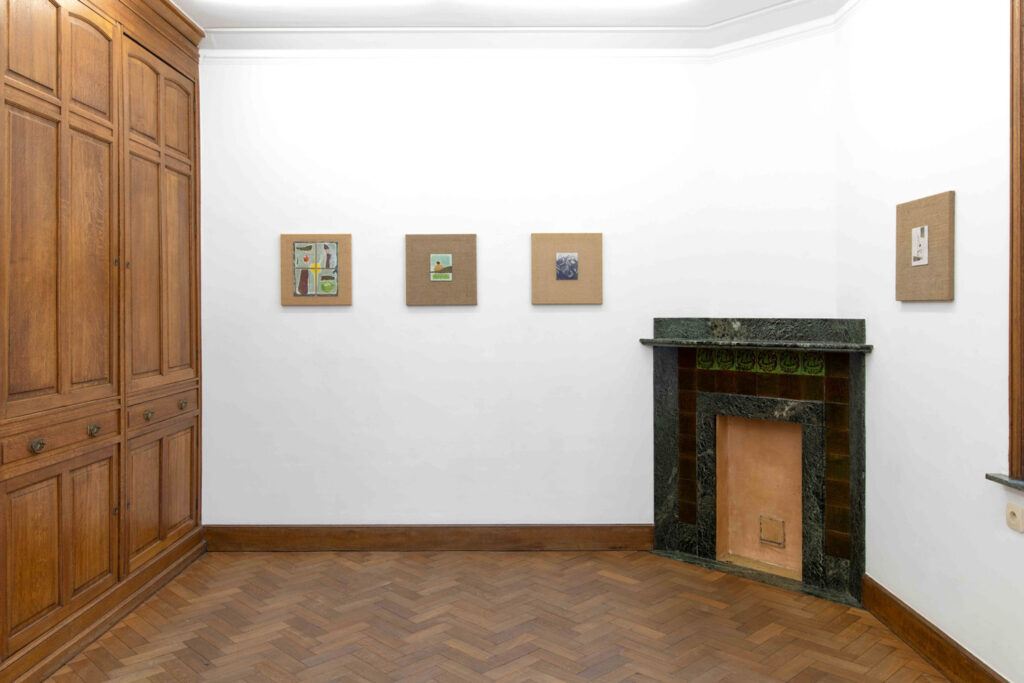
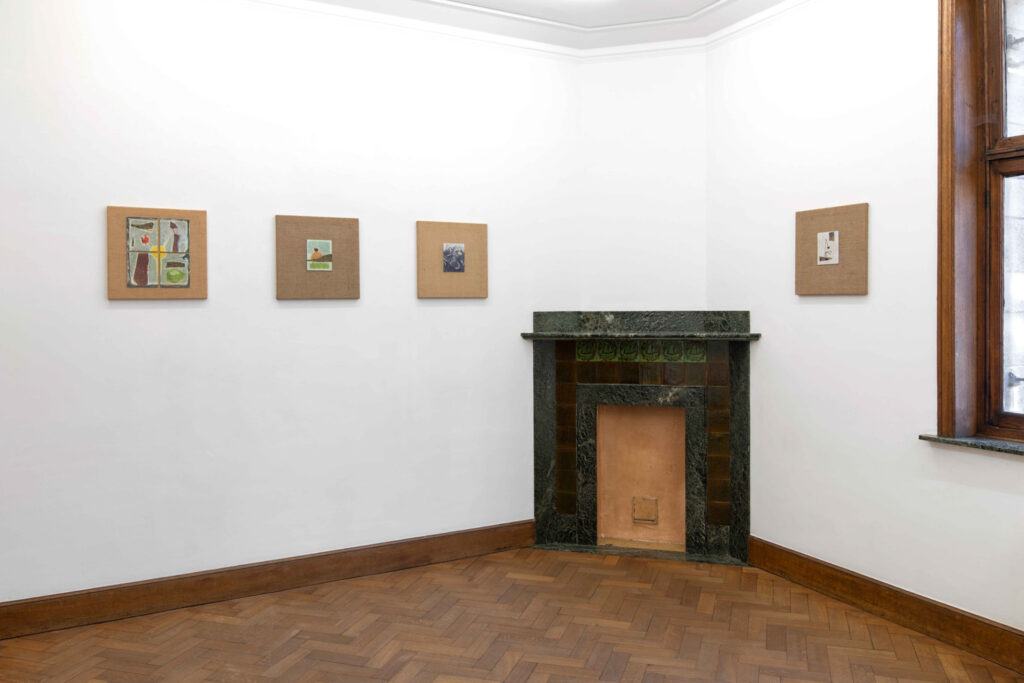
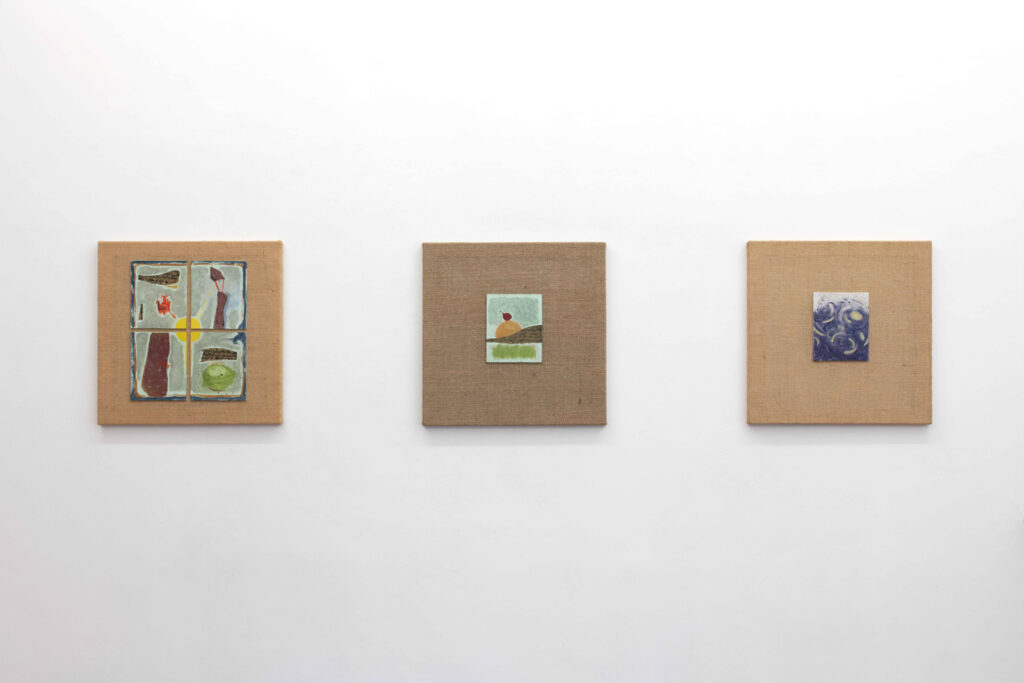
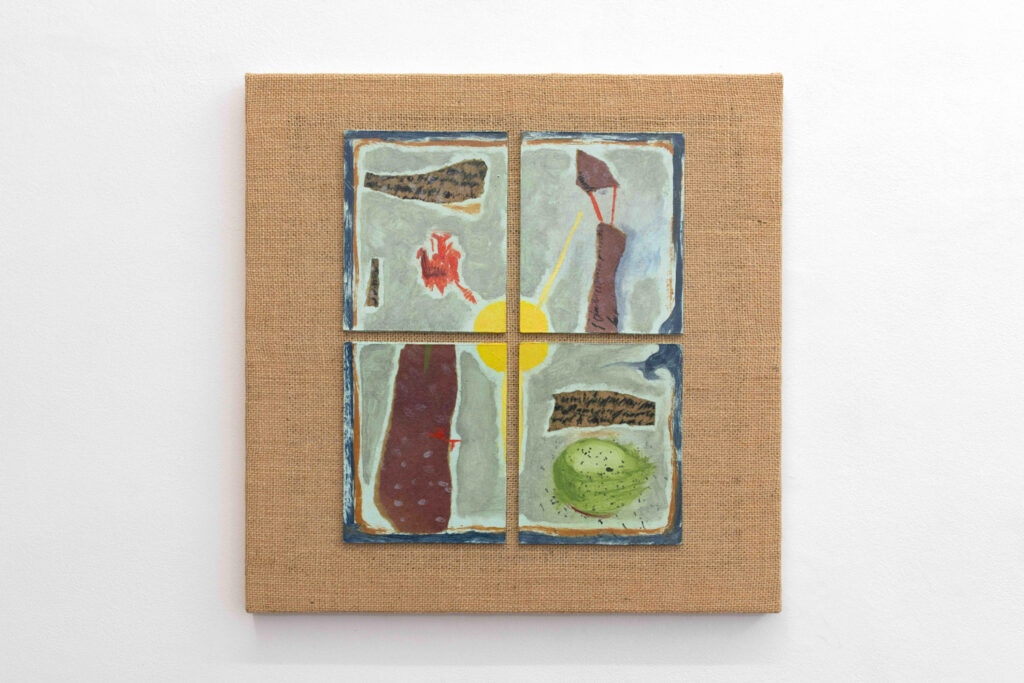
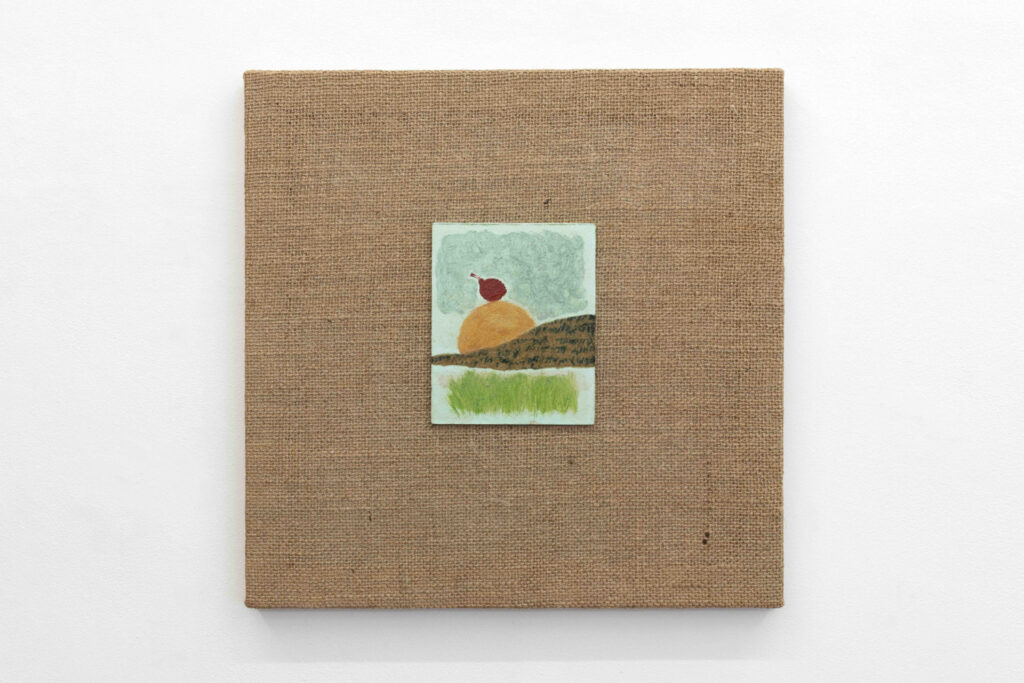
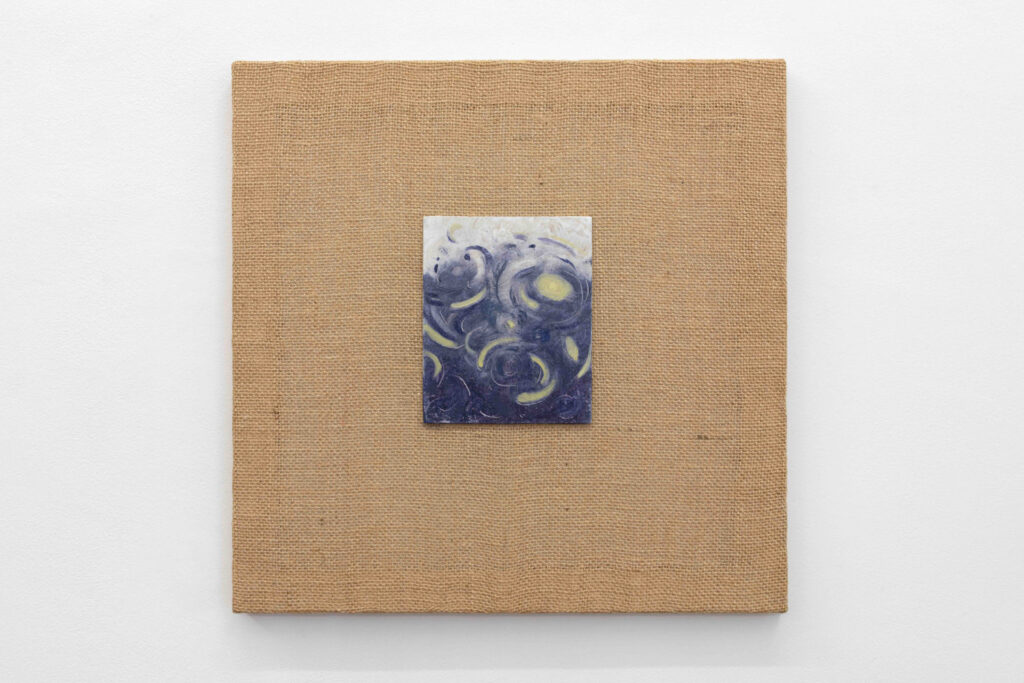
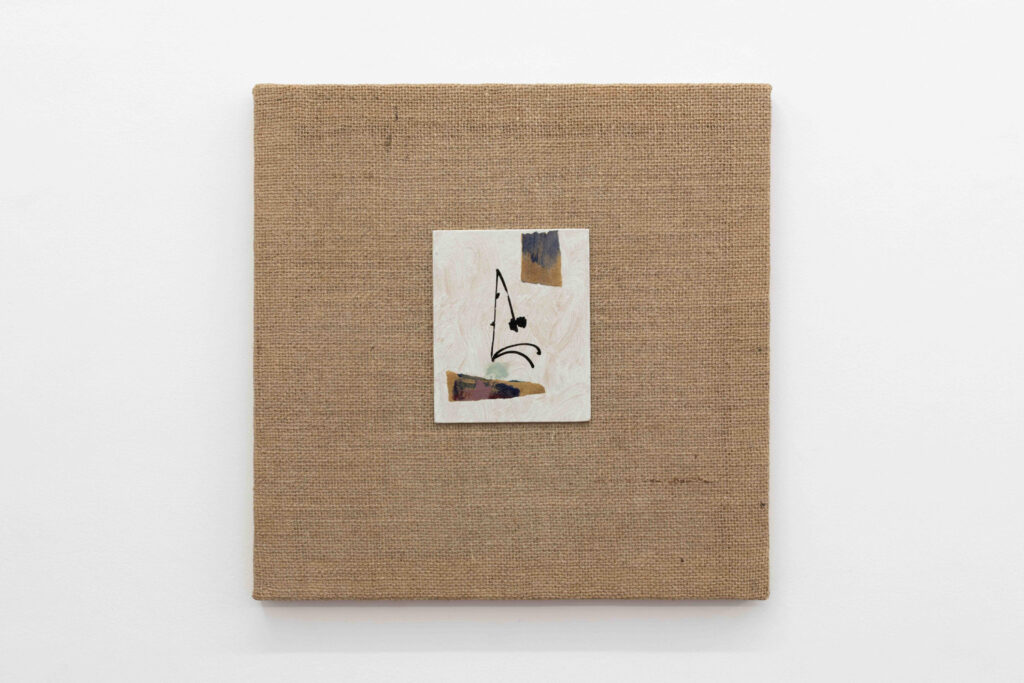
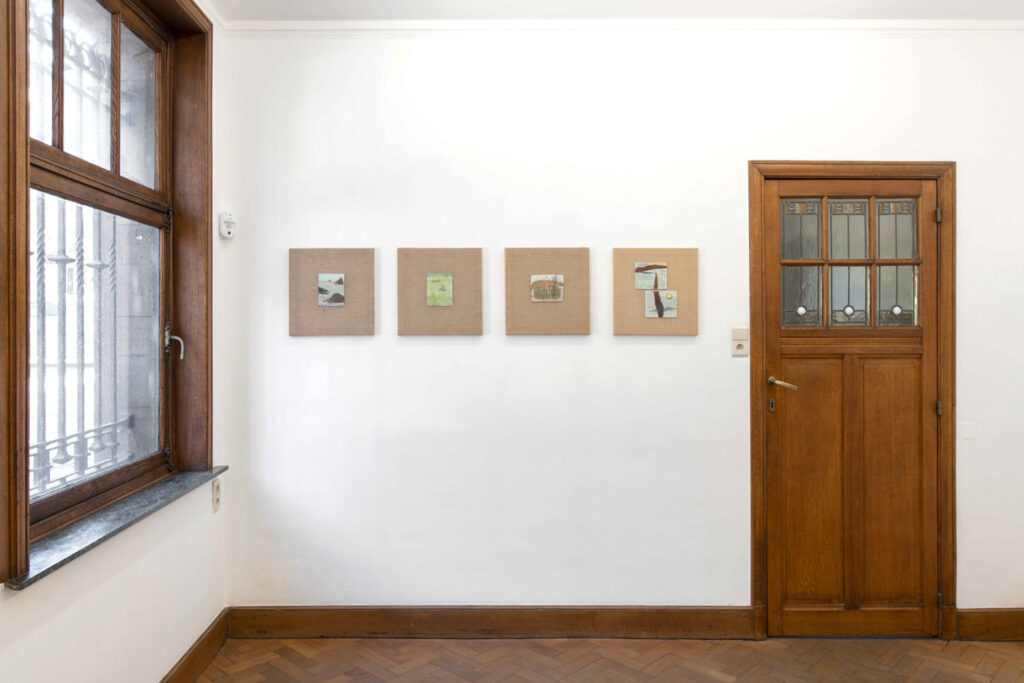
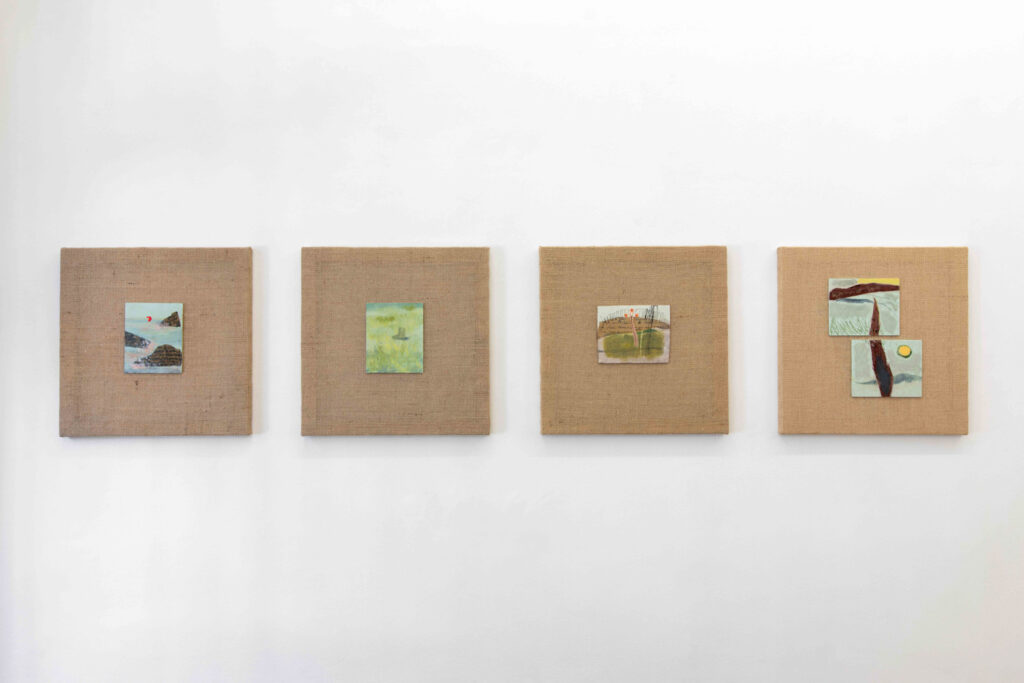
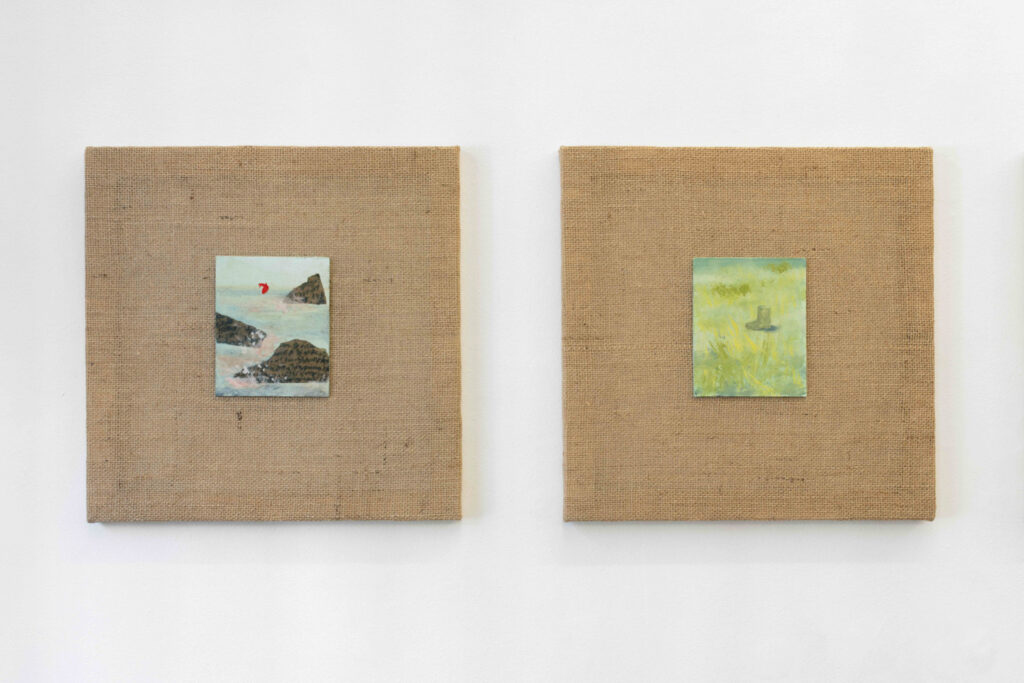
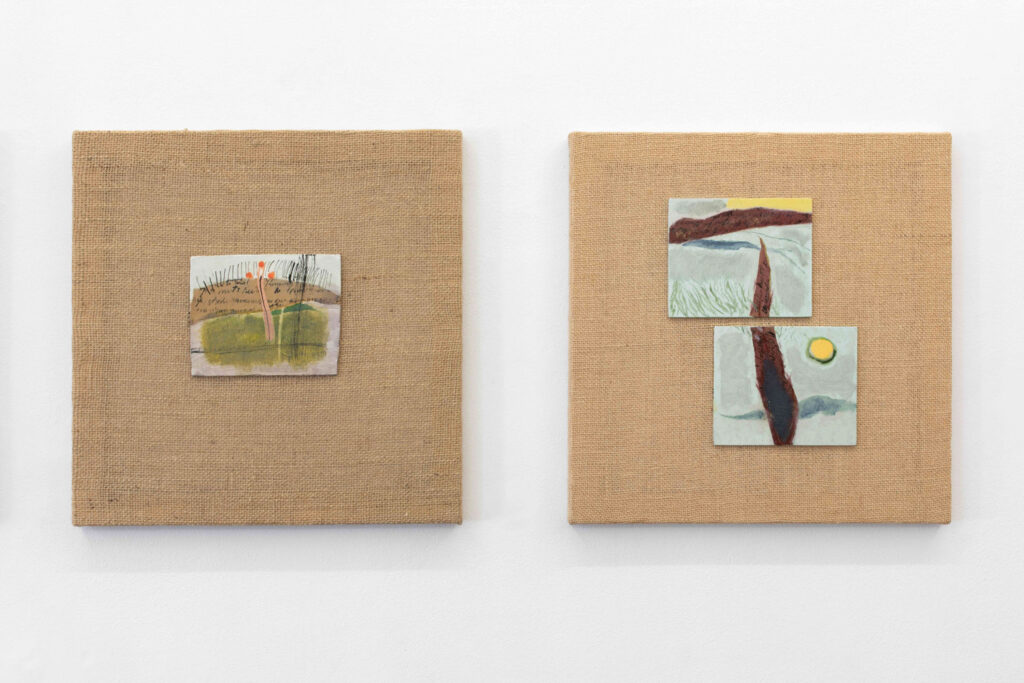
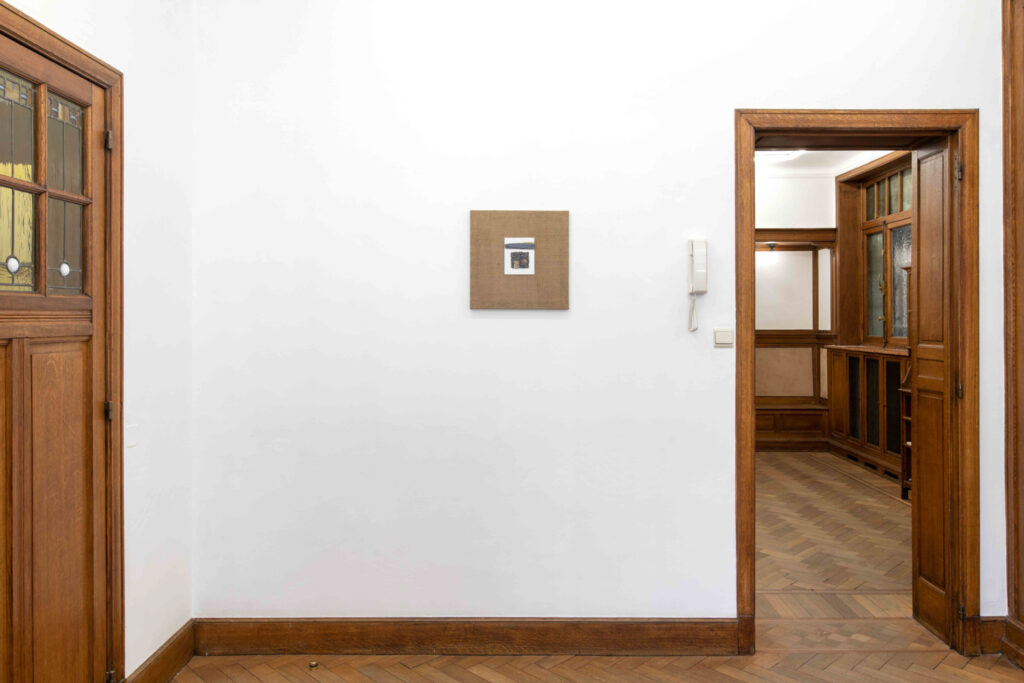
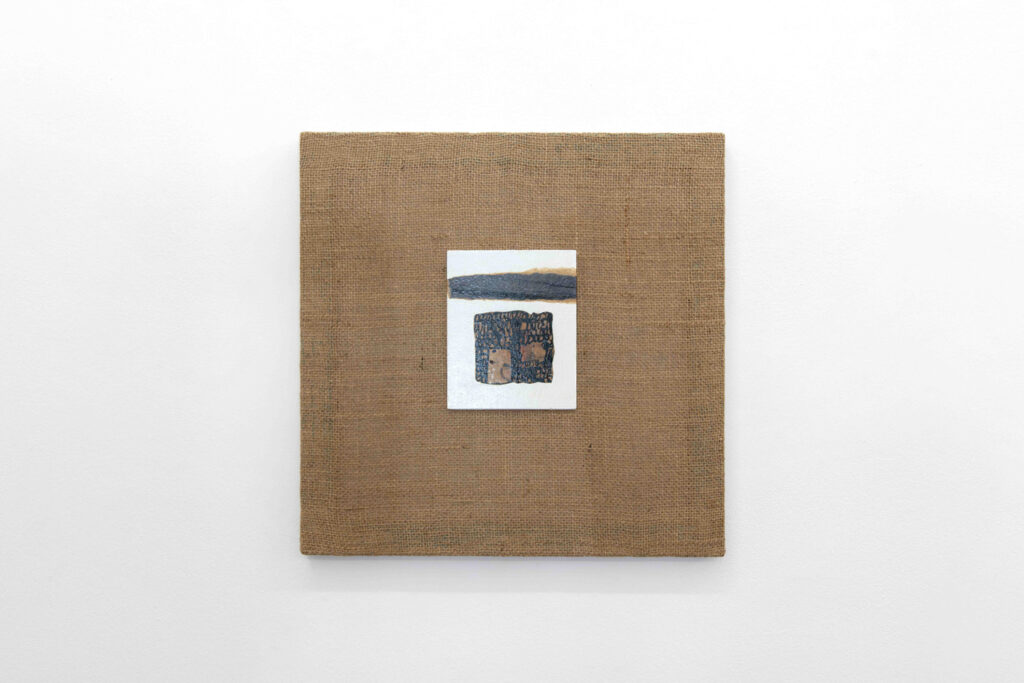
Photo credits: Isabelle Arthuis